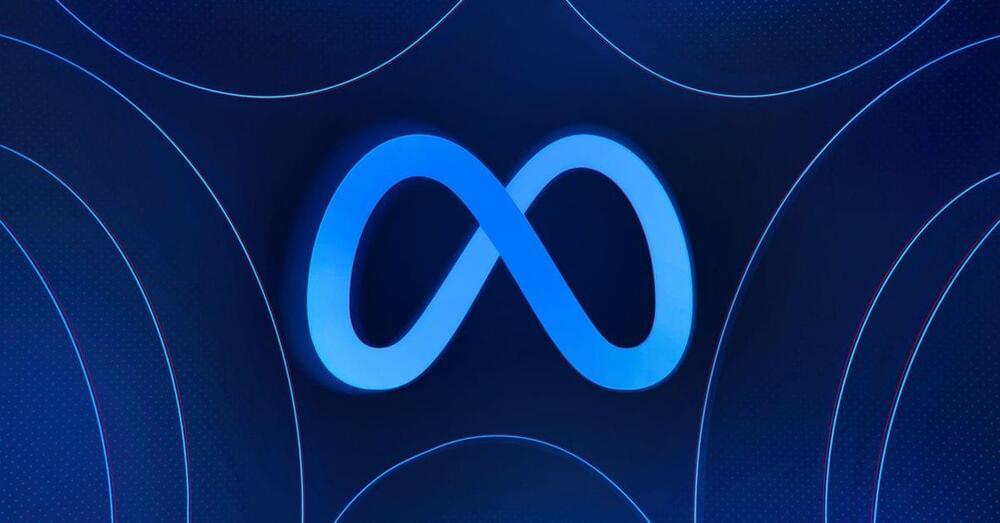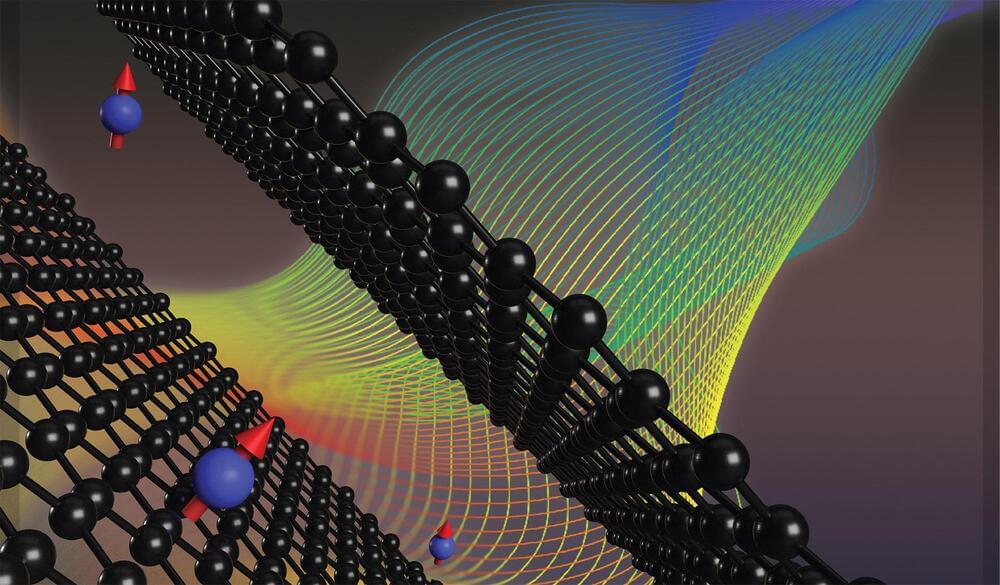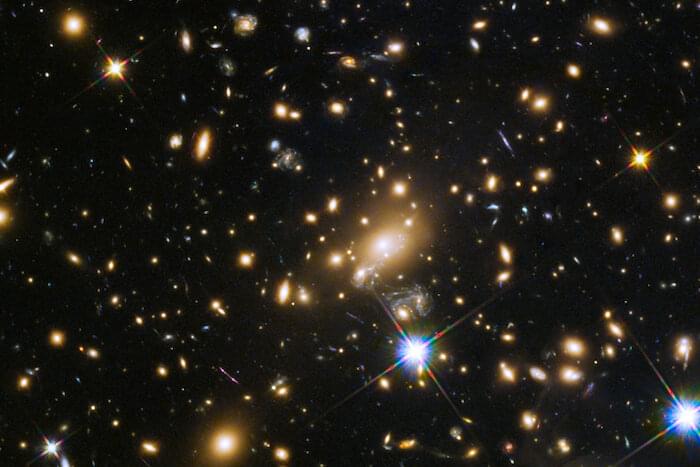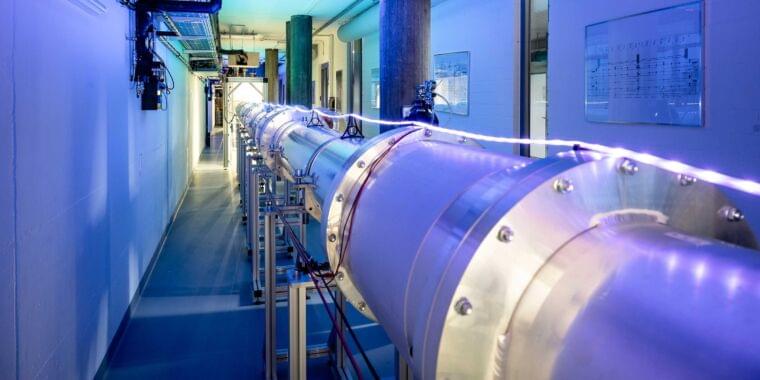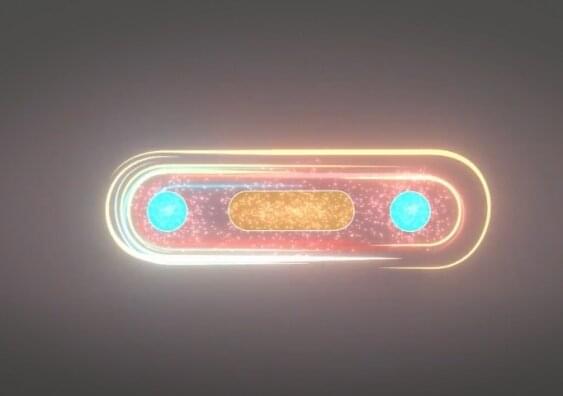The market for AI companions is heating up as creators find new ways to make money with ChatGPT APIs. Here’s a look at virtual girlfriend CarynAI powered by startup Forever Voices and big players like Greylock-backed Inflection AI moving into the space.
Tech companies hire ethicists to reduce the risk of harm when using AI and to project a utopian vision of the future.
The ImageBind model combines six types of information: text, audio, visual, movement, thermal, and depth data.
Entrepreneur TV 2021
Posted in electronics
For two decades, physicists have tried to directly manipulate the spin of electrons in 2D materials like graphene. Doing so could spark key advances in the burgeoning world of 2D electronics, a field where super-fast, small and flexible electronic devices carry out computations based on quantum mechanics.
Standing in the way is that the typical way in which scientists measure the spin of electrons—an essential behavior that gives everything in the physical universe its structure—usually doesn’t work in 2D materials. This makes it incredibly difficult to fully understand the materials and propel forward technological advances based on them. But a team of scientists led by Brown University researchers believe they now have a way around this longstanding challenge. They describe their solution in a new study published in Nature Physics.
In the study, the team—which also include scientists from the Center for Integrated Nanotechnologies at Sandia National Laboratories, and the University of Innsbruck—describe what they believe to be the first measurement showing direct interaction between electrons spinning in a 2D material and photons coming from microwave radiation.
Thanks to data from a magnified, multiply imaged supernova, a team led by University of Minnesota Twin Cities researchers has successfully used a first-of-its-kind technique to measure the expansion rate of the universe. Their data provide insight into a longstanding debate in the field and could help scientists more accurately determine the universe’s age and better understand the cosmos.
The work is divided into two papers, respectively published in Science and The Astrophysical Journal.
In astronomy, there are two precise measurements of the expansion of the universe, also called the “Hubble constant.” One is calculated from nearby observations of supernovae, and the second uses the “cosmic microwave background,” or radiation that began to stream freely through the universe shortly after the Big Bang.
A new experiment uses superconducting qubits to demonstrate that quantum mechanics violates what’s called local realism by allowing two objects to behave as a single quantum system no matter how large the separation between them. The experiment wasn’t the first to show that local realism isn’t how the Universe works—it’s not even the first to do so with qubits.
But it’s the first to separate the qubits by enough distance to ensure that light isn’t fast enough to travel between them while measurements are made. And it did so by cooling a 30-meter-long aluminum wire to just a few milliKelvin. Because the qubits are so easy to control, the experiment provides a new precision to these sorts of measurements. And the hardware setup may be essential for future quantum computing efforts.
The silicon microchips of future quantum computers will be packed with millions, if not billions of qubits—the basic units of quantum information—to solve the greatest problems facing humanity. And with millions of qubits needing millions of wires in the microchip circuitry, it was always going to get cramped in there.
But now engineers at UNSW Sydney have made an important step toward solving a long-standing problem about giving their qubits more breathing space—and it all revolves around jellybeans.
Not the kind we rely on for a sugar hit to get us past the 3pm slump. But jellybean quantum dots—elongated areas between qubit pairs that create more space for wiring without interrupting the way the paired qubits interact with each other.
In the United States, the first step on the road to exascale HPC systems began with a series of workshops in 2007. It wasn’t until a decade and a half later that the 1,686 petaflops “Frontier” system at Oak Ridge National Laboratory went online. This year, Argonne National Laboratory is preparing for the switch to be turned on for “Aurora,” which will be either the second or the third such exascale machine in the United States, depending on the timing of the “El Capitan” system at Lawrence Livermore National Laboratory.
There were delays and setbacks on the road to exascale for all of these machines, as well as technology changes, ongoing competition with China, and other challenges. But don’t expect the next leap to zettascale – or even quantum computing – to be any quicker, according to Rick Stevens, associate laboratory director of computing for environment and life sciences at Argonne. Both could take another 15 to 20 years or more.
Such is the nature of HPC.
In the 1930s the Dust Bowl decimated the U.S. Midwest. Are current conditions pointing to a reoccurrence in the 21st century?
A dust storm between St. Louis and Chicago led to a 72-vehicle pileup and 7 deaths recently. Conditions are ripe for more of the same.


